China - the market that consumes more than 85% of the global durian output each year - is rapidly developing the acreage of many of Vietnam's key export fruits such as dragon fruit and durian.
In 2023, about 1,400 acres (567 hectares) of durian in Sanya city will begin harvesting, yielding about 50 tonnes - marking the first large-scale harvest of domestic durian in China.
By 2024, the durian acreage in Hainan has increased to about 4,000 acres (1,619 hectares), with an estimated output of 260 tons. This year, China's domestic durian output is expected to reach nearly 2,000 tons, with a planting area of about 20,000 hectares, according to Sohu.
With a rather modest output, domestic Chinese durians are mainly distributed in food stores, markets, and supermarkets from the end of June until August. 2023 is the first year that durians grown in Hainan are sold on the market.
The retail price is about 60-65 yuan/kg (about 200,000-240,000 VND/kg), and some places even sell it for up to 70-120 yuan/kg (250,000-450,000 VND/kg - more expensive than imported durian from Vietnam and Thailand (about 20-30 yuan/kg) sold in Chinese supermarkets.
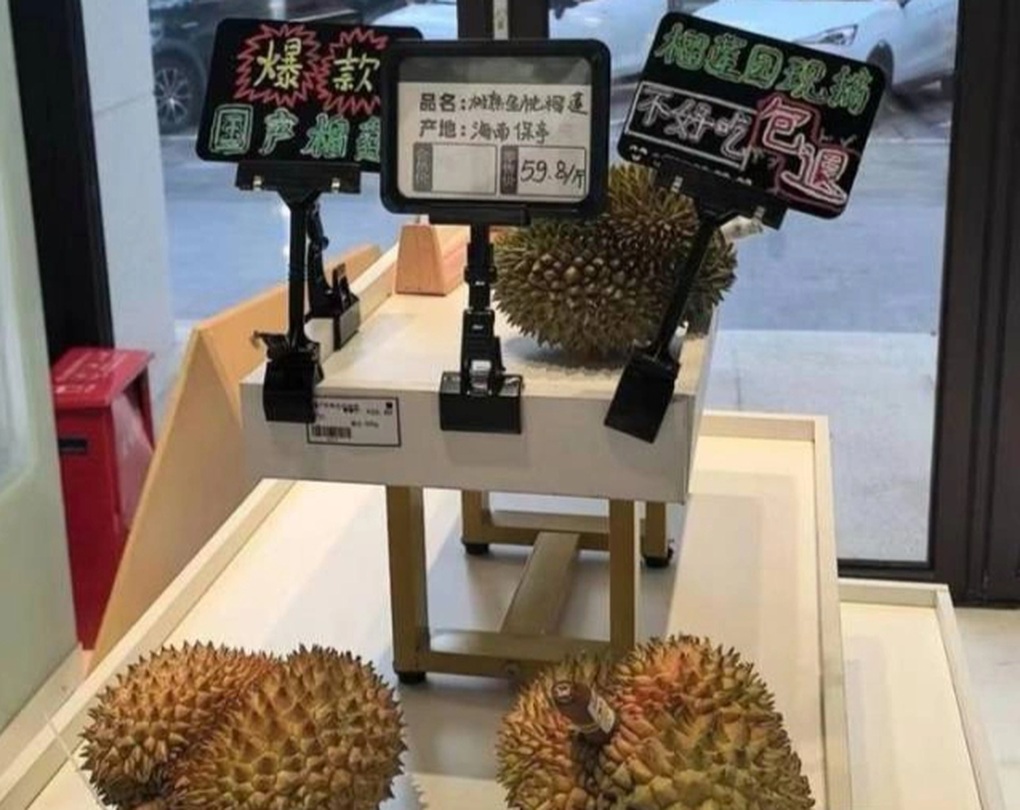
Domestic Chinese durians for sale at a grocery store in 2024 (Photo: Guojiguoshu).
According to China News, the price of domestically grown durian has dropped to around 50 yuan/kg (over 180,000 VND/kg) for Golden Pillow durian this year. However, Musang King and Black Thorn durian grown in Hainan remain high, with prices reaching 85-200 yuan/kg (310,000-750,000 VND/kg).
Sharing with Xinhua News Agency, Mr. Du Baizhong, Chairman of Hainan Durian Association and General Director of Youqi Agriculture Company, explained that Hainan durian is harvested when ripe right on the tree, so it has a rich sweetness, clear aroma and softer, more supple flesh.
According to him, it is the scarcity and superior quality that has pushed the price of domestic durian up, on par with high-end imported durian.
According to China Daily, only when the domestic durian growing area reaches 300,000-500,000 acres (about 121,000-202,000 hectares), can the price of durian drop to 10-20 yuan/kg, competing with the price of imported durian.
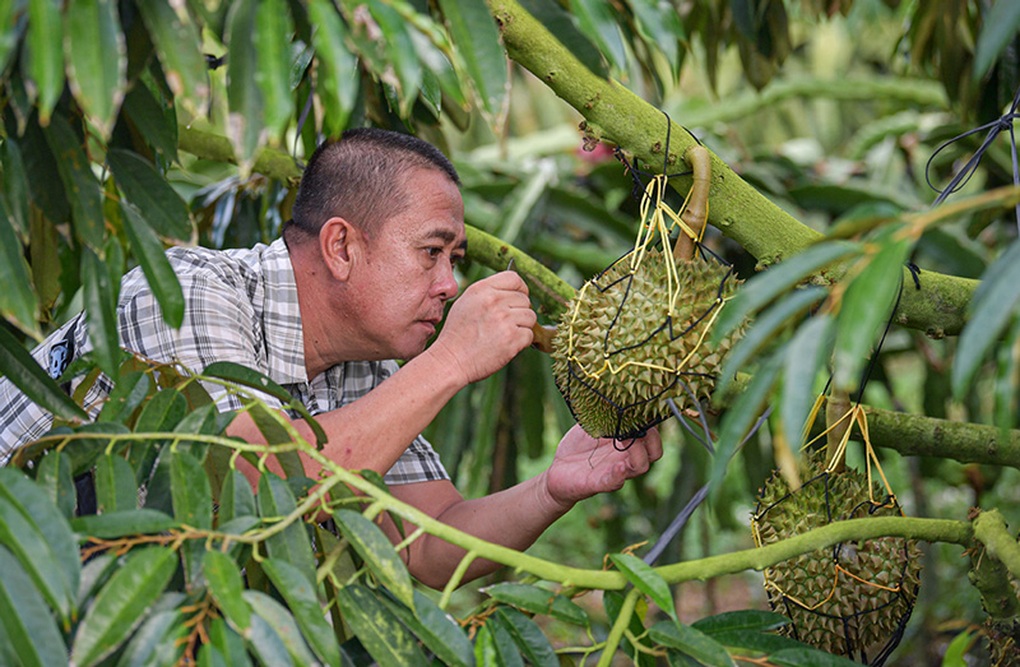
Durian garden in Hainan - China (Photo: Xinhua News Agency).
The growth of Hainan durians poses a challenge to traditional durian exporters such as Thailand and Vietnam. To maintain their position, the regulator said exporters need to focus on improving the quality and freshness of their products.
Some experts believe that Hainan durians are unlikely to completely replace imports due to their origin and unique flavor. The Chinese durian market is still very large and there is room for both domestic and imported durians to coexist.
According to statistics from the Vietnam Customs Department, Vietnam's fruit and vegetable export turnover in July reached 764.8 million USD, down 5.2% compared to June, but up 36.8% compared to July 2024. This is the second highest month for Vietnam's fruit and vegetable export turnover since the beginning of the year.
Source: https://dantri.com.vn/kinh-doanh/trung-quoc-tu-trong-sau-rieng-gay-bat-ngo-ve-gia-ban-20250815184419036.htm








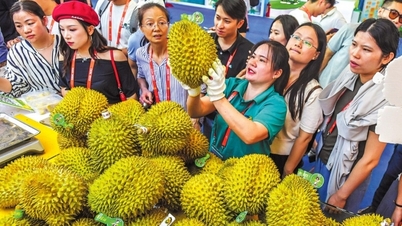






















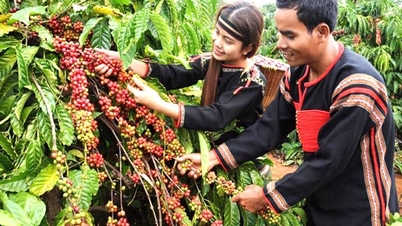








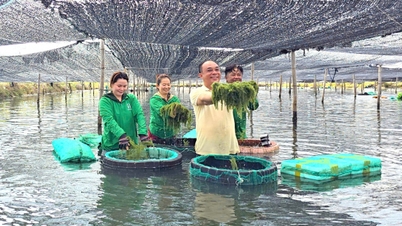
















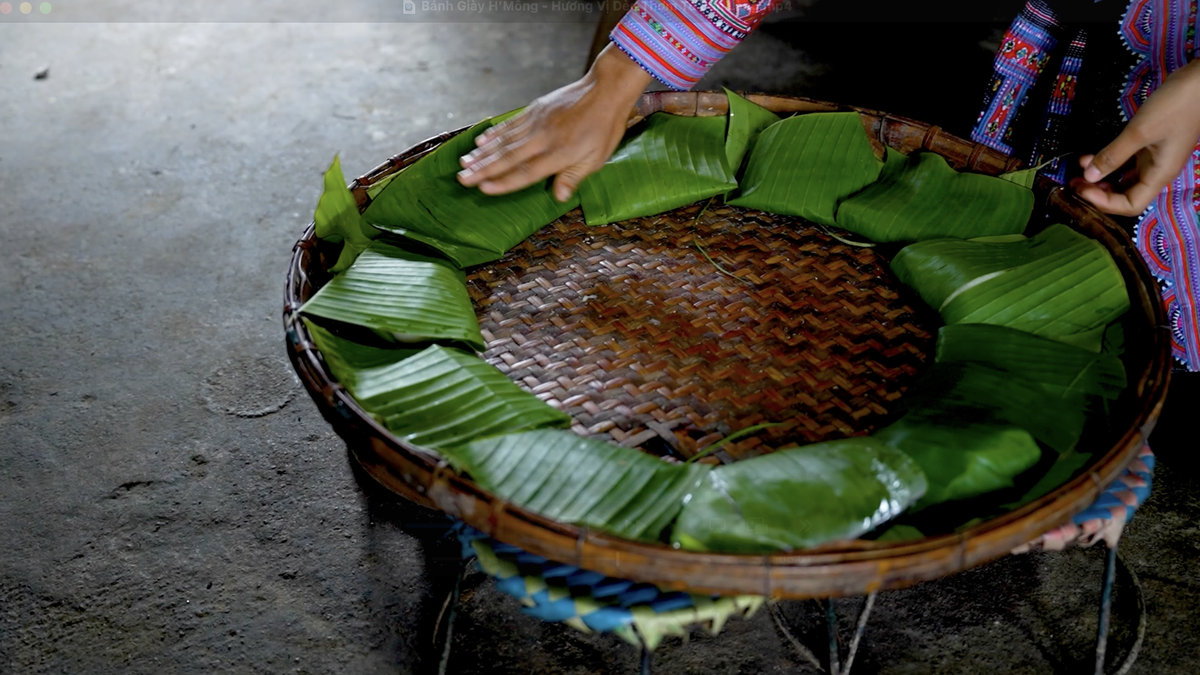

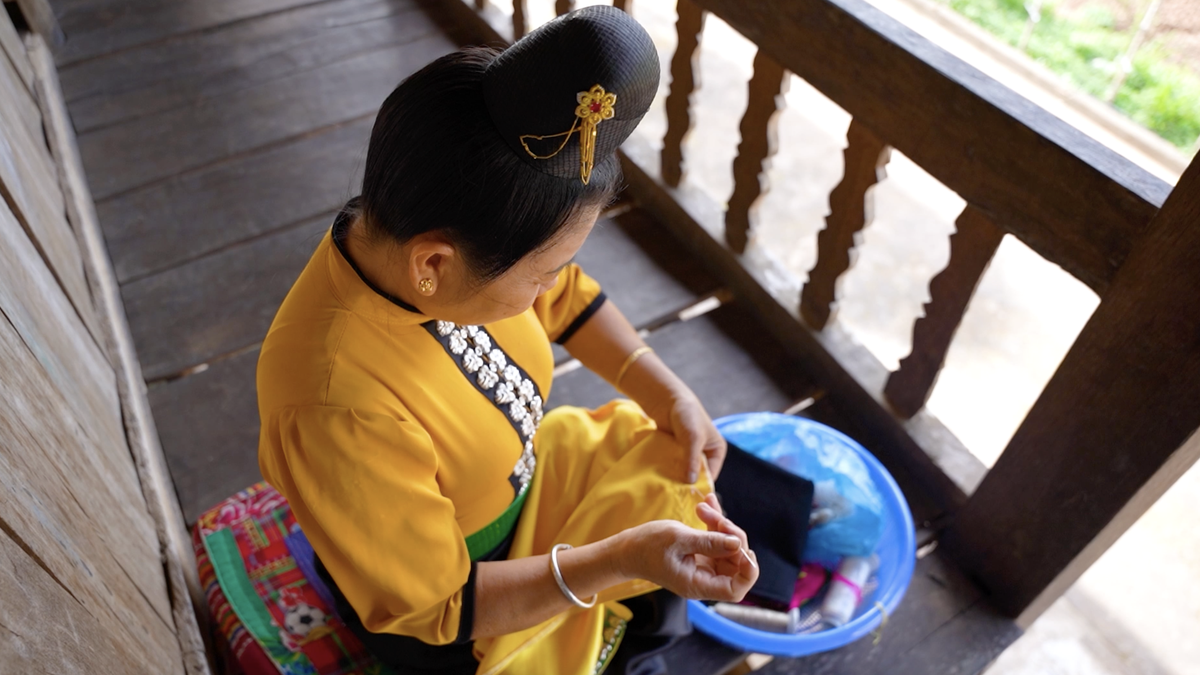

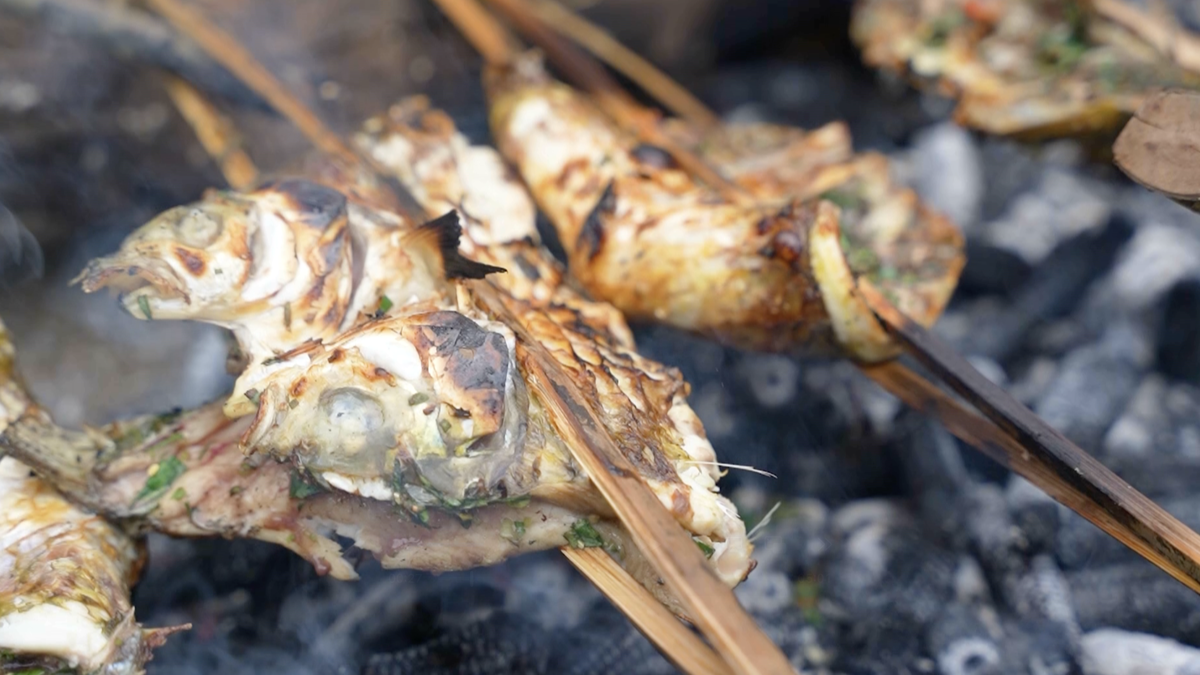



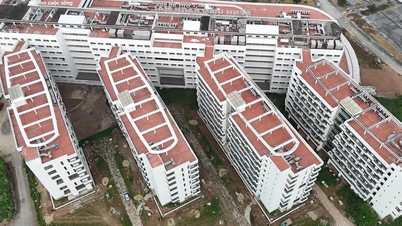

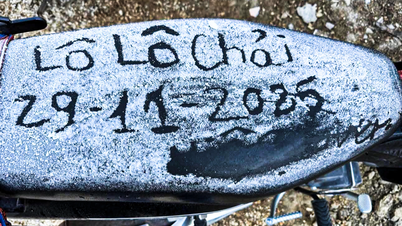

































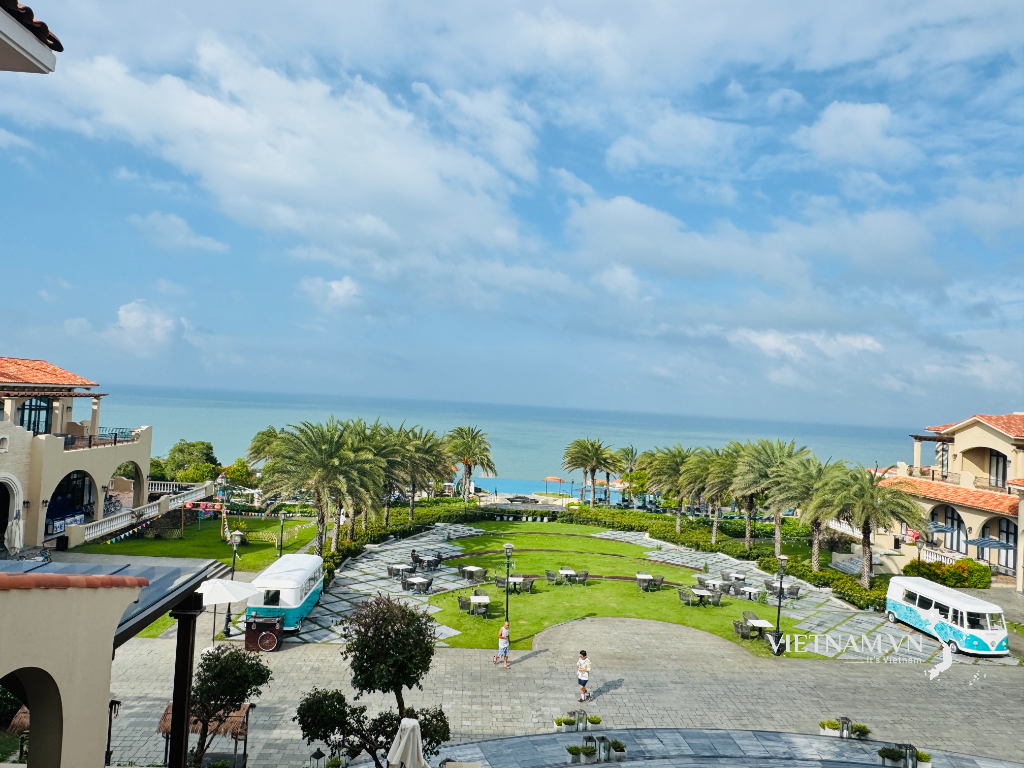

Comment (0)